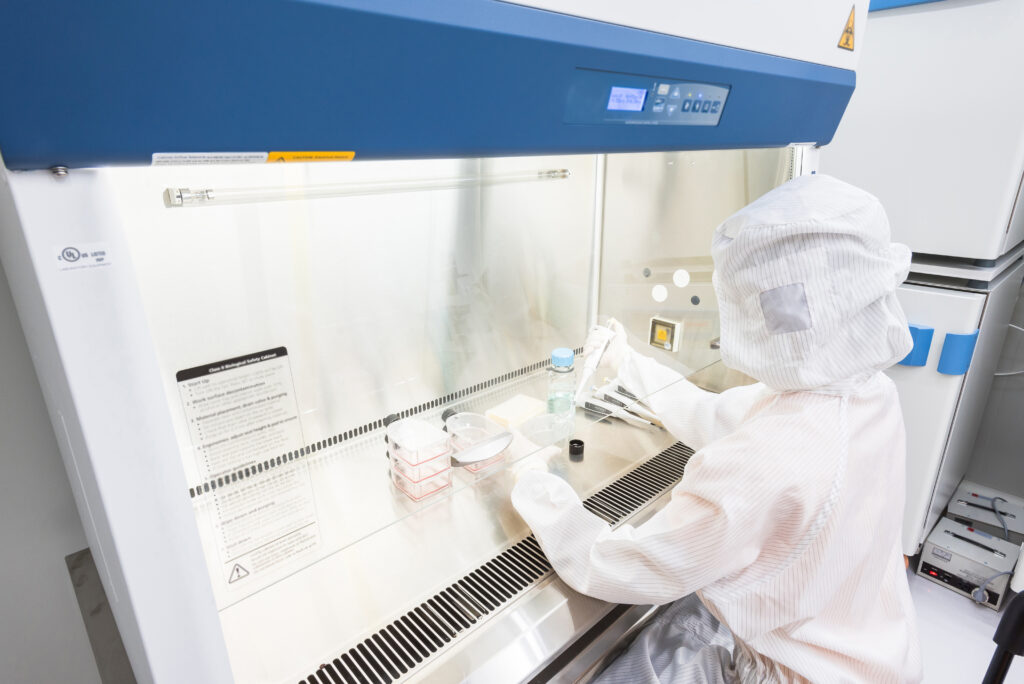Aseptic Cleaning, Cleaning & Disinfection, Cleanroom News, Cleanrooms, Knowledge Base
Pharmaceutical Manufacturing, Revisiting the Unexpected with Growth
To ensure that the manufacturing of pharmaceuticals is free from contamination, implementing a comprehensive cleaning and disinfection program is essential. Any modifications to the manufacturing process, such as introducing new equipment or materials, should be evaluated to confirm that the cleaning program prevents contamination. Maintaining a standardized change control process to document these updates is a necessity.
Before scaling up production, confirming that your supply chain can manage the increased demand for cleaning and disinfection products is crucial. It’s also vital to consider various decontamination methods, especially when introducing a new product or alternating between different products. Your disinfectant supplier can provide valuable insights into proper cleaning protocols, disinfectant liquids, lint-free wipes, and disinfection regimes.
As production demand rises, it’s necessary to consider other areas that may be impacted by process changes, such as documentation practices, handling and labeling of materials, personnel flow, waste removal, and calibrations. It’s essential to assess these areas to ensure compliance with GMP standards and maintain the final product’s quality and safety.
Ensure to educate, gather feedback, and train your employees on any changes in your manufacturing environment. Significant changes can affect human behavior, despite efforts to maintain consistency. It’s important to recognize that people can both influence and be influenced by behavior that affects workplace practices.
Taking the time to evaluate potential changes and adequately prepare for them can significantly enhance the overall outcome of the operation. By implementing effective communication and assessment practices, you can produce a high-quality product and maintain a safe work environment for personnel.




















HAVE AN IDEA FOR CONTENT?
We are always looking for ideas and topics to write about.
Contact Us